Question: What's the Most Ridiculous Example of Badge Engineering?

After writing my earlier post on the Isuzu Statesman Deville, I got to thinking about all the oddball vehicles that have resulted from badge engineering exercises over the years. Some badge-engineered cars end up being successful for the parent company (e.g., the Colt), but most just confuse vehicle shoppers. The Plymouth Cricket. The Isuzu Hombre. The Mercury Mountaineer. The list is long, but I think the Plymouth Arrow Truck gets my vote for the most senseless act of brand-diluting badge engineering in American automotive history.

Murilee Martin is the pen name of Phil Greden, a writer who has lived in Minnesota, California, Georgia and (now) Colorado. He has toiled at copywriting, technical writing, junkmail writing, fiction writing and now automotive writing. He has owned many terrible vehicles and some good ones. He spends a great deal of time in self-service junkyards. These days, he writes for publications including Autoweek, Autoblog, Hagerty, The Truth About Cars and Capital One.
More by Murilee Martin

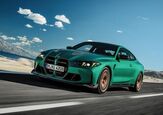


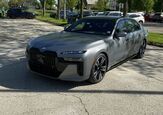














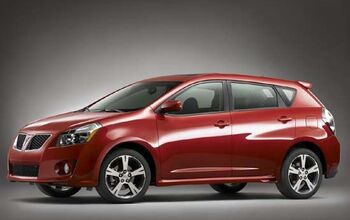
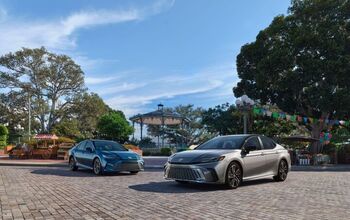
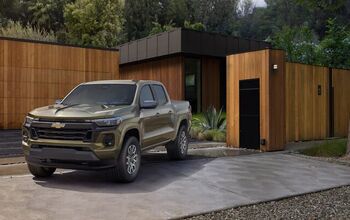


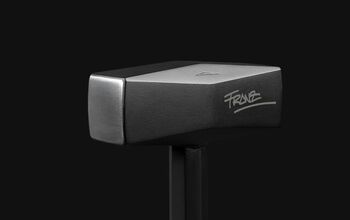
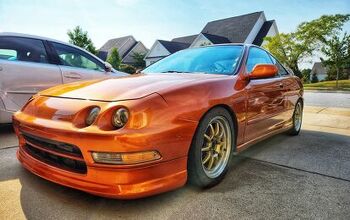
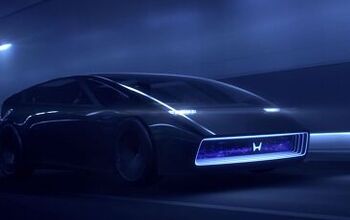
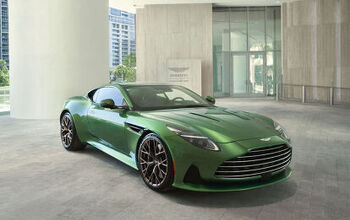
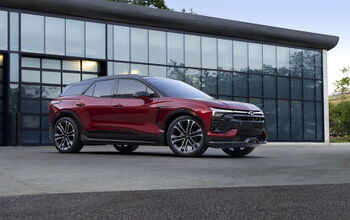
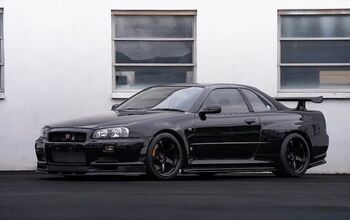
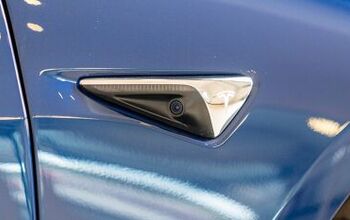
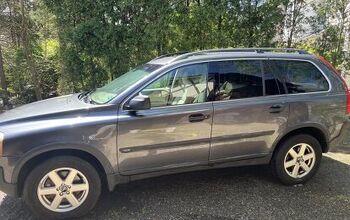

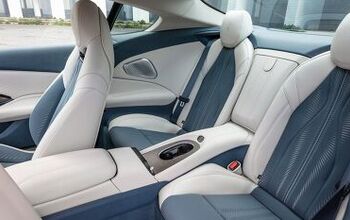
Comments
Join the conversation
Chevy trucks/GMC I am by NO means an expert on the auto industry, but I'm still not seeing why there has to be BOTH when they sell pretty much the same vehicles.
Most Bentley under RR era.
How bout the Opel Kadett (mid-late 80s), spawning the following: Chevrolet Ipanema (BRA) Chevrolet Kadett (BRA) Daewoo LeMans (ROK) Daewoo Racer Opel Monza (RSA) Passport Optima Pontiac LeMans (US) & (AUS) Vauxhall Belmont (GB) Vauxhall Astra (GB)/ IDA Kadett (YUG) Opel Astra (East Africa; GMEA)
Hyundai Excel/Mitsubishi Precis Ford Grenada/Lincoln Versailles